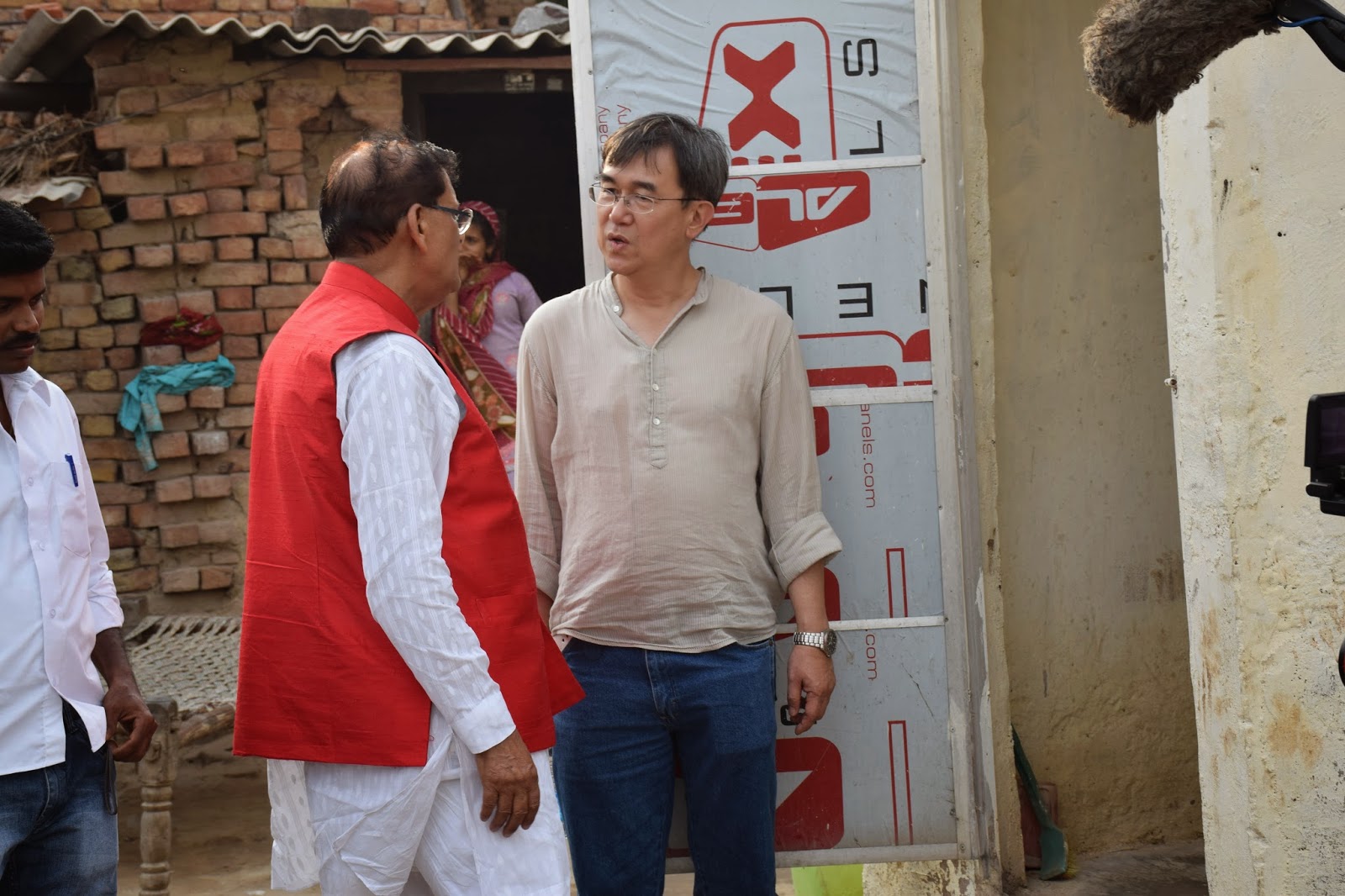Government ministers from 50 countries are expected this week to pledge concrete commitments to bring safe water, sanitation and hygiene to those who need it most.
United Nations Secretary-General Ban Ki-moon opened the third biennial Sanitation and Water For All (SWA) High-Level Meeting today in Washington, along with World Bank Group President Dr. Jim Yong Kim and SWA Chair John Kufuor, ahead of the 2014 Spring Meetings of the International Monetary Fund and World Bank Group.
UN Deputy Secretary-General Jan Eliasson, UNICEF Executive Director Anthony Lake, World Bank Chief Economist of the Middle East and Africa Region Dr. Shanta Devarajan, and ministers from Ethiopia and Kenya will also speak about the crucial role safe water, toilets and hygiene play in development.
The theme of the 2014 High Level Meeting is: “Smart investments to achieve water, sanitation and hygiene for all.” Chief executives have issued a clarion call for the DC gathering to make the most of the High Level Meeting.
“On behalf of the Secretary-General, I have called for increased action on sanitation – in particular, to end the practice of open defecation by 2025,” said UN Deputy Secretary-General Jan Eliasson. “This High Level Meeting is about solutions and how to ensure better sanitation, water and hygiene for all people.”
“Lack of adequate sanitation and water is most devastating for children, especially the poorest and most marginalized,” said Anthony Lake, Executive Director of UNICEF, which is convening the meeting. “We are asking everyone coming to this meeting to think of these children as they plan their commitments. When the lives and futures of children hang in the balance, how can we hesitate to act?”
“Lack of adequate sanitation and water is most devastating for children, especially the poorest and most marginalized,” said Anthony Lake, Executive Director of UNICEF, which is convening the meeting. “We are asking everyone coming to this meeting to think of these children as they plan their commitments. When the lives and futures of children hang in the balance, how can we hesitate to act?”
“Lack of access to sanitation can contribute to keeping people in poverty and preventing equitable prosperity in society," said Jae So, Director, Trust Funds and Partnerships, World Bank. "And this is particularly troubling to us at the World Bank Group.
Our goals are to end poverty by 2030 and boost shared prosperity for the poorest 40 per cent in developing countries. As SWA partners report on progress made and increased country commitments leading up to 2016, we have a chance to leap forward toward this goal by signaling to the world that solving sanitation is an essential step to ending poverty, and one that can see vast and rapid progress among poor people in a relatively short amount of time and for little cost."
“This crisis in water and sanitation simply cannot wait. This meeting represents our best chance to reach the world’s poorest people with these basics of life. We cannot let this moment pass by – we need smart, sustainable, ambitious commitments to reach those who need help most,” said Barbara Frost, Chief Executive of WaterAid.
“The scale of the global sanitation problem and of open defecation, in particular, is massive. Sanitation proponents can no longer just work in a village here or a slum there. Like a polio campaign, they need to work with many partners to cover entire districts and provinces.
This meeting offers a real opportunity to harness community savings, public investment and private capital so that countries in Africa and South Asia can finally stop open defecation, move to safe sanitation, and have clean water," said Chris Williams, Executive Director at the Water Supply and Sanitation Collaborative Council (WSSCC).



























